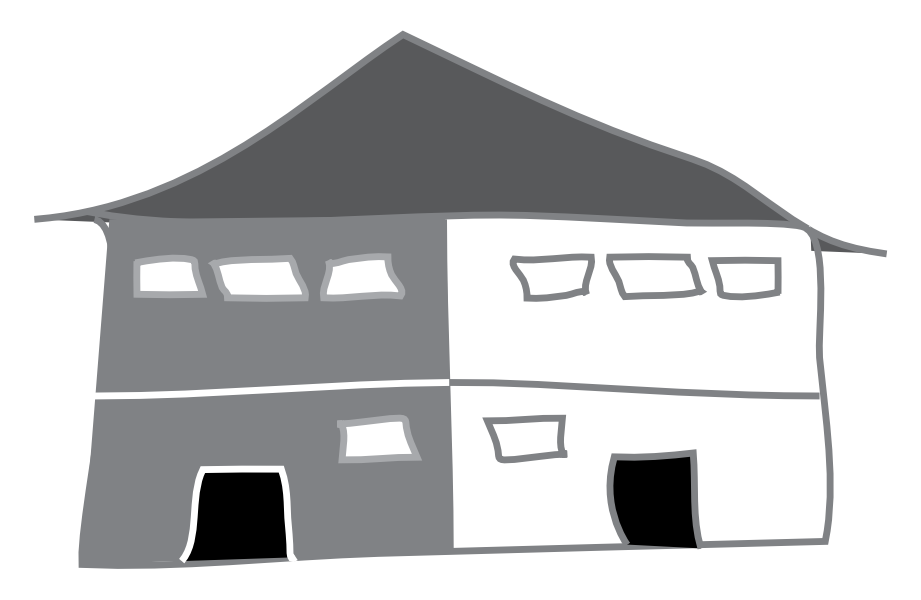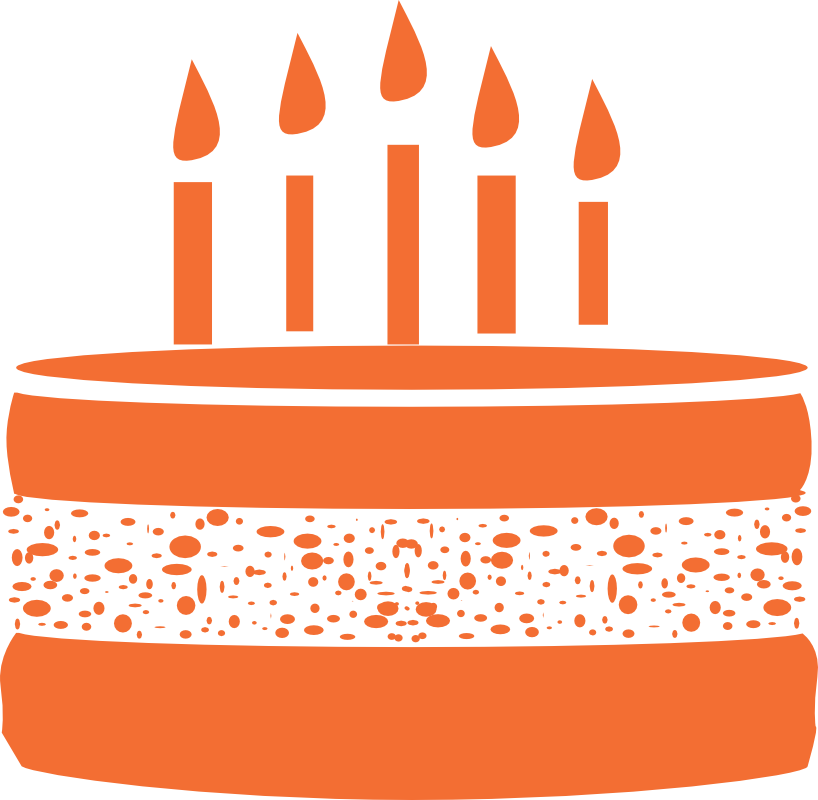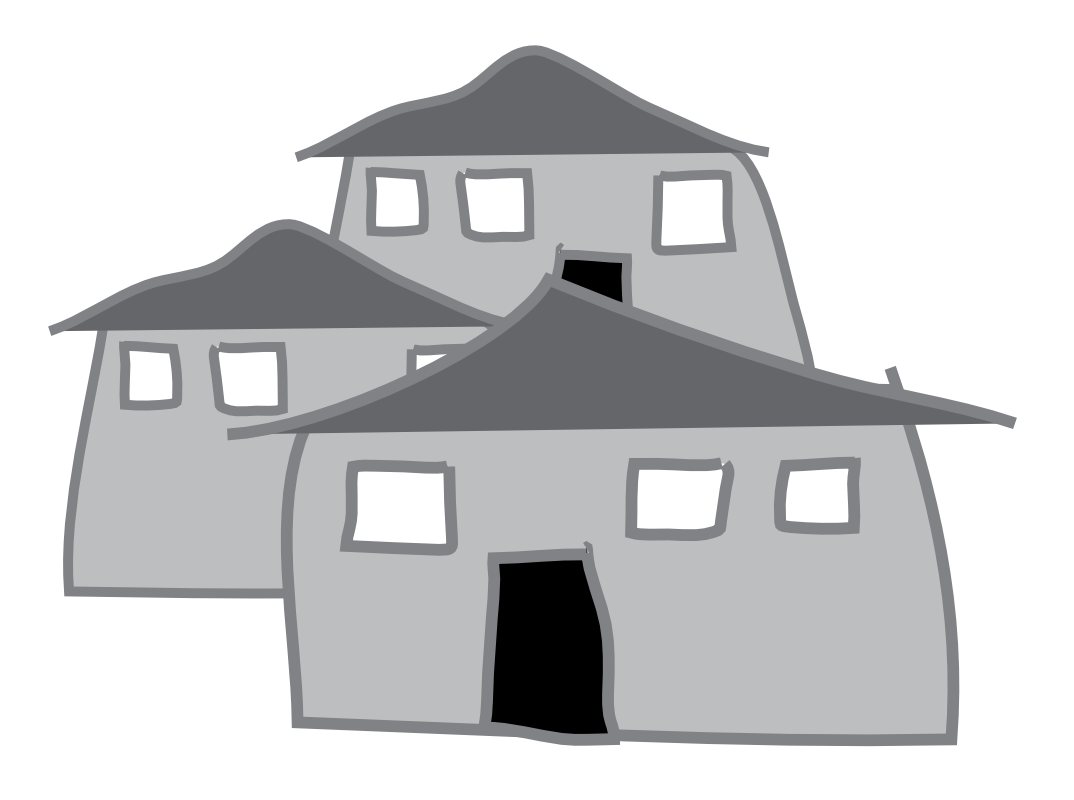
1974
First meeting called of interested women of the Canberra Women’s Movement to establish emergency accommodation for women and children in the ACT. Canberra Women’s Refuge Committee is formed from that meeting (June)

1975
The Department of the Capital Territory grants the Canberra Women’s Refuge Committee the use of a three bedroom house in Watson, and $4,000 as an establishment grant (March)
Canberra Women's Refuge (now Beryl Women Inc.) opens officially and refuge begins operation immediately (8 March)
The Collective is offered the use of a house in Kingston for medium term accommodation (July)

1976
The Canberra Women’s Refuge is officially Incorporated (12 March)
A two storey duplex is offered to the Canberra Women’s Refuge after lobbying to the Government and support from ACT Members including Senator John Knight, John Haslem and Ken Frey (May)

1979
The Refuge is renamed Beryl Women’s Refuge, in honour of Beryl Henderson.

1983
Toora Single Women's Shelter is set up in Canberra, to cater for women unaccompanied by children, allowing Beryl to focus upon women with children escaping domestic violence (8 August)

1986
The Incest Centre (now Canberra Rape Crisis Centre) becomes independent from the Canberra Women's Refuge (31 October)
1989
The name change from Canberra Women's Refuge Inc. to Beryl Women's Refuge Inc. is lodged with the ACT Corporate Affairs Commission (June)

1991
A Half-way House, to provide transitional housing for women and children waiting for priority housing is established

1991
Purpose built centre is built and opened at Beryl Women’s Refuge

1991
Grace Coe, Refuge Staff member is named Canberra Woman of the Year 1994 in recognition of her significant contribution to women, in particular Aboriginal women, in the Canberra region

1991
The Coordinator’s position becomes an identified Aboriginal or Torres Strait Islander position, although it was not until 2005 that the position was filled by an Aboriginal woman

2001
Beryl receives a $40,000 grant to run children-focused programs such as children’s camps and computers, homework and parenting classes

2002
Statement of Apology and Reconciliation is made by the ACT Community Services for Women, and a banner forming part of the apology statement, to which women’s services in the ACT contributed, is created.
2004
Office relocation to Ainslie Shops.
Change from shared to independent properties.
The Refuge receives funding to operate an outreach program to former clients, for 12 months.
Grant from Calvary Hospital to complement existing children’s program.

2005
Beryl’s 30th birthday.
Beryl Women’s Refuge Inc. changes to the name of Beryl Women Inc. (19 December).
Beryl Women Inc. is awarded the Community Award by the 2005 ACT International Women's Day Awards panel.
Staff and clients participate in a four day camp on the South Coast
2007
Consensus decision is made to change from a Collective model of governance to a committee governance model (April).
Multi Business Agreement replacing the ACT Social and Community Services (SACS) Award.
Robyn Martin and Sharon Williams share the NAIDOC Community Services Worker of the Year Award.

2008
Funding cuts of $80,000 results in the loss of a Support Worker position
Grant from the ACT Office for Women to attend the First International WOmen’s Shelter Conference in Canada, and visits Hollow Water Reservation to learn about their Community Holistic Healing program for sexual assault victims (September)

2010
Beryl's 35th birthday (8 March)
Robyn Martin, Manager of Beryl Women Inc. is named ACT Person of the Year

2012
Office relocation to Weston Creek

2013
Office relocation to the Refuge site due to funding cuts and to ensure greater service provision
Beryl has a third of its funding cut (2013–14)

2015
Beryl’s 40th birthday (8 March)
